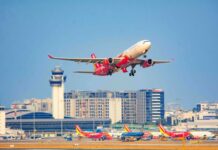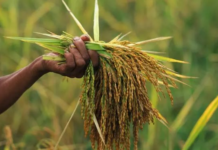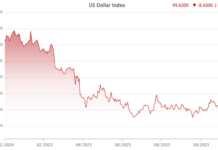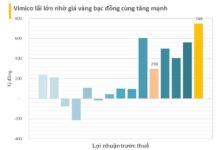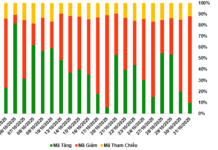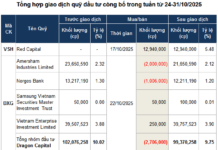On July 6, construction began on the Quang Tri Airport, a project with a total investment of over VND 5,800 billion, spanning an area of 265 hectares.
According to the recently announced Quang Tri Province Planning for the 2021-2030 period, with a vision towards 2050, by 2030, the province aims to be among the fairly developed provinces in Vietnam, with a primarily industrial and service-based economy.
Additionally, it aims to be one of the economic centers of North-Central Vietnam and the Central Coast, a logistics and transshipment hub for Southeast Asia, and a key transportation corridor within the ASEAN and Mekong Subregion (GMS) areas. The plan also aims to improve and enhance people’s lives.
The per capita GRDP target is set at VND 140-170 million, with an average growth rate of 8.2%/year for the 2021-2030 period.
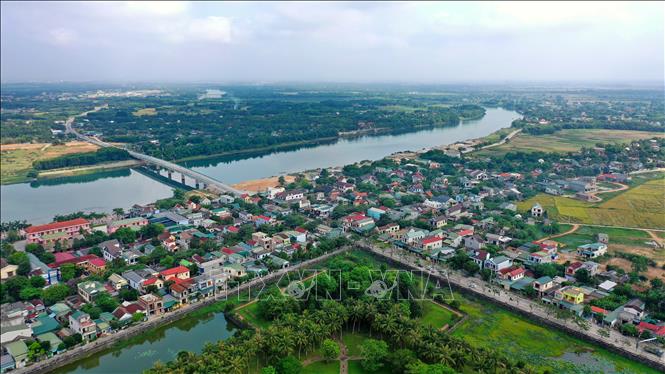
Quang Tri is envisioned to become a logistics and trade hub for Southeast Asia.
Furthermore, Quang Tri will develop all five modes of transportation (road, rail, water, sea, and air) and construct/upgrade roads connecting Dong Ha city, Quang Tri town, and other districts to the North-South expressway and national transportation network.
By 2050, Quang Tri is envisioned to become a province with a strong economy, primarily driven by industry and services, and a key driver of development in North-Central Vietnam and the Central Coast. It also aims for guaranteed national defense and security and a happy life for its people.
To achieve these goals, Quang Tri proposes to include the Moc Bay port in its planning. It also suggests adjusting the route and moving the starting point of the Cam Lo-Lao Bao expressway to Trieu Phong district (Trieu Phong-Lao Bao). Additionally, they plan to include the Tung-Con Co ferry route in the list of national water transport routes and upgrade the Bac Phuoc River into a local inland waterway.
Quang Tri will complete its logistic infrastructure
Notably, Quang Tri’s planning mentions the development of logistics centers and dry ports in areas with high potential and advantages, such as the Dong Nam Economic Zone, Lao Bao, La Lay, Cam Lo, Hai Lang, Bac Cua Viet, Nam Cua Viet, Quan Ang Industrial Park, Dong Ha, Quang Tri Airport, and Moc Bay Port. Investment in transportation warehouses will be made as needed in each phase to support and maximize the efficiency of the province’s logistics centers.
In addition to the five traditional modes of transportation proposed, the province also aims to diversify its transportation options, including conveyor and pipeline transportation in areas with complex terrain.

Quang Tri will establish inter-regional commercial centers and transportation warehouses.
In parallel, Quang Tri will establish inter-regional commercial centers in the Lao Bao Special Economic and Trade Zone, Dong Ha city, and the Dong Nam Quang Tri Economic Zone. It will also invest in developing commercial infrastructure in the sea economic region (in the East) and the mixed agro-forestry economic region (in the West), including various commercial organizations such as commercial and shopping centers, comprehensive trade and service centers, supermarkets, and wholesale markets.
In 2023, Quang Tri’s economic scale was estimated at VND 46,431 billion, with a per capita GRDP of approximately VND 71 million, a 9.06% increase from 2022.
In the first half of 2024, the growth rate of the provincial GRDP in Quang Tri is estimated to increase by 5.02% compared to the same period last year.
According to the Quang Tri Portal, Quang Tri is located at the midpoint of the country, at the beginning of the main route of the East-West Economic Corridor connecting Laos, Thailand, and Myanmar through the Lao Bao international border gate to the central ports of Vietnam, such as Cua Viet, Chan May, Danang, and Vung Ang. This advantageous location facilitates Quang Tri’s expansion of economic cooperation in the region, international trade and transportation, and the development of commerce, services, and tourism.

